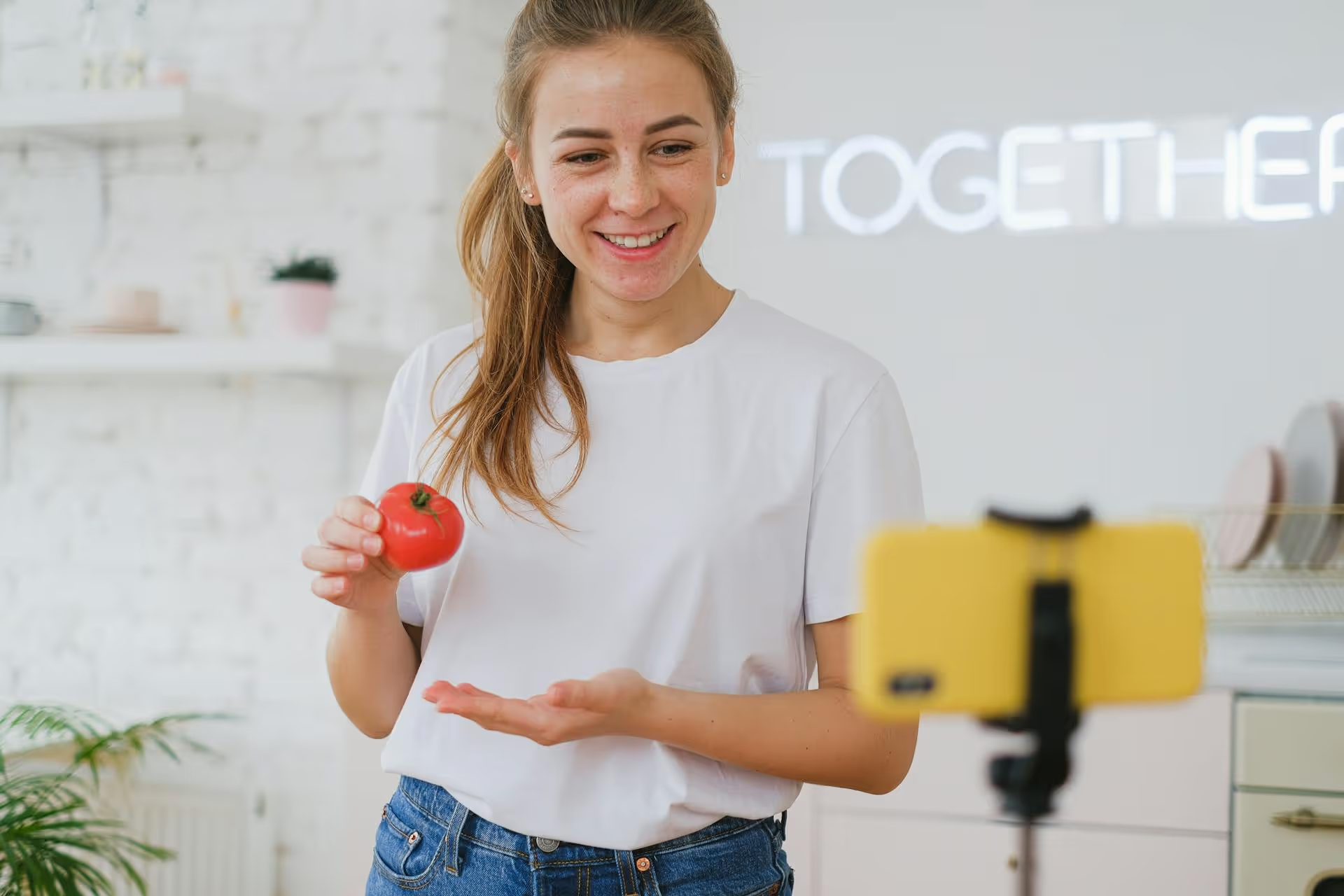How to Add Social Media Icons to an Email Signature
Enhance your email signature by adding social media icons. Discover step-by-step instructions to turn every email into a powerful marketing tool.

Want to break free from the uniform square grid on Instagram? Combining different photo and video sizes in a single carousel post can make your content instantly more dynamic and memorable. This guide provides a straightforward method for creating visually engaging mixed-size posts, covering everything from the simple strategy behind it to the step-by-step process using tools you probably already use.
While a perfectly uniform grid can be aesthetically pleasing, breaking the pattern with intentional variety can have a big impact. When users are scrolling through a sea of sameness, something a little different forces them to pause.
Before jumping into the "how-to," it's important to understand a key limitation of Instagram carousels. While you can upload images of different sizes into a single carousel, Instagram doesn't actually display them in their original dimensions. Instead, it forces a single aspect ratio on the entire post.
The entire carousel's aspect ratio is determined by the size and shape of your very first slide.
Here’s how that plays out:
So, the secret isn't actually posting different sizes directly. It's about creating the illusion of different sizes by placing your varying assets onto a single, consistent canvas that works for every slide.
The solution is refreshingly simple: you establish one canvas size for your entire carousel and then place your images and videos of different dimensions onto that background. This means every slide you export is technically the same size, but the content inside it appears to vary.
To get the most screen real estate, you should almost always use the 4:5 portrait aspect ratio (1080 pixels wide by 1350 pixels tall) as your master canvas for every slide. By starting with this tall format for your first slide, you signal to Instagram that the entire carousel should use this size, giving you the maximum vertical space to play with.
When you have a photo that's a square or a landscape, you simply place it onto a 1080x1350 background. The "empty" space around the image becomes part of the slide, often filled with a brand color, a subtle gradient, or just clean white space.
Ready to build one yourself? Here’s a breakdown of the process using a couple of popular design tools.
Start your project using a 1080px by 1350px canvas. This 4:5 ratio gives you the most visibility in the mobile feed. If you make this your standard for every single slide in the carousel, you'll never have to worry about Instagram awkwardly cropping your content.
Before you open any app, quickly map out the content for your carousel. A little planning helps the final post feel cohesive and intentional, rather than a random assortment of photos. Here’s a sample plan for a five-slide carousel:
You can use pretty much any design software for this, from free mobile apps to professional desktop programs. The process is nearly identical across all of them.
Canva is perfect for this, as it's built around a multi-page design format that mimics a carousel.
If you're a Photoshop user, the artboards feature makes this process a breeze.
Now that you know the technique, here are a few ideas to get you started:
Creating impressive mixed-size carousels on Instagram isn't about using a secret feature, it's about understanding the platform's constraints and working creatively within them. By using a single, consistent 4:5 canvas as your foundation, you can artfully arrange photos and videos of all shapes and sizes to tell more engaging stories and stop the scroll.
Planning this kind of visual content can get complex, especially when you're managing multiple social profiles. At Postbase, we designed our visual calendar to give you a clear, bird's-eye view of your entire content strategy. You can see how your carousels, Reels, and Stories fit together, drag and drop posts to reschedule them in seconds, and keep your feed looking intentional and professional without the extra headache.
Enhance your email signature by adding social media icons. Discover step-by-step instructions to turn every email into a powerful marketing tool.
Learn how to add your Etsy link to Pinterest and drive traffic to your shop. Discover strategies to create converting pins and turn browsers into customers.
Grant access to your Facebook Business Manager securely. Follow our step-by-step guide to add users and assign permissions without sharing your password.
Record clear audio for Instagram Reels with this guide. Learn actionable steps to create professional-sounding audio, using just your phone or upgraded gear.
Add translations to Instagram posts and connect globally. Learn manual techniques and discover Instagram's automatic translation features in this guide.
Optimize your Facebook Business Page for growth and sales with strategic tweaks. Learn to engage your community, create captivating content, and refine strategies.
Wrestling with social media? It doesn’t have to be this hard. Plan your content, schedule posts, respond to comments, and analyze performance — all in one simple, easy-to-use tool.